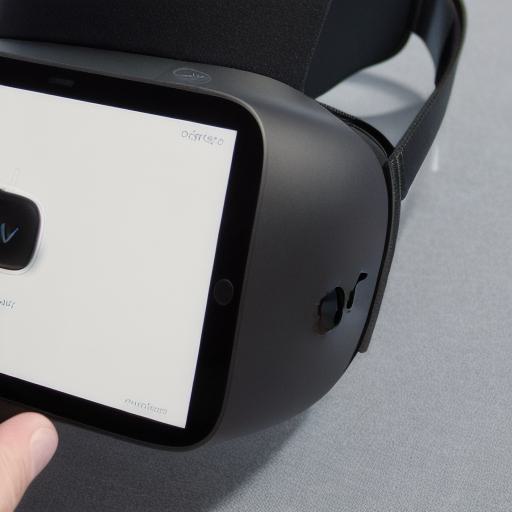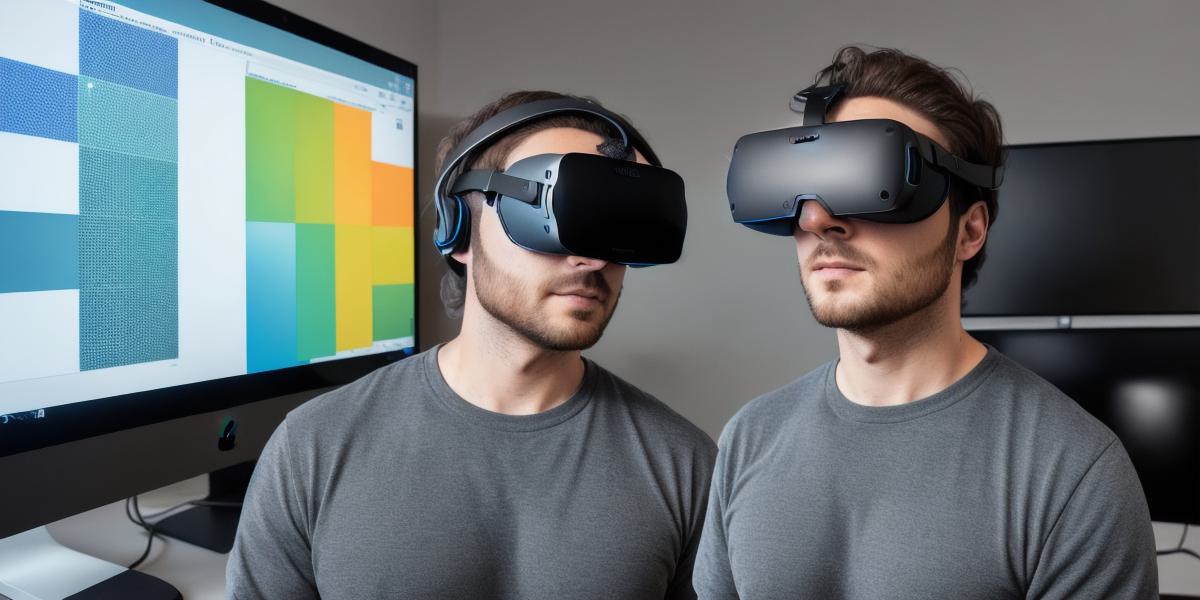Welcome, web developers!
If you’re looking to expand your horizons and dive into the exciting world of virtual reality (VR) development with Oculus Unity, you’ve come to the right place. In this extensive yet concise guide, we’ll explore the fundamentals of developing VR applications using Oculus Rift and Unity engine.

**What is Oculus Rift and Unity?**
Oculus Rift is a popular VR headset that provides an immersive 3D experience for users, while Unity is a cross-platform game engine developed by Unity Technologies. Combining these technologies allows developers to create captivating VR applications for Oculus Rift and other platforms.
**Prerequisites**
Before embarking on your journey into Oculus Unity development, ensure you have the following prerequisites:
1. A basic understanding of C programming language

2. Familiarity with the Unity engine
3. An Oculus Developer account and access to the Oculus Integration package for Unity
**Getting Started with Oculus Unity Development**
To begin, follow these steps:
1. Download and install the latest version of Unity engine from their official website.
2. Install the Oculus Integration package using the Unity Asset Store.
3. Set up your development environment by creating a new project in Unity with the XR Plugin Management component.
4. Configure your Oculus Rift settings under the Edit -> Project Settings -> Player section.
5. Import the sample scene provided with the Oculus Integration package to get familiarized with the setup.
**Creating a VR Application using Unity and Oculus Rift**
Now that you’ve got your development environment ready, let’s create a simple VR application using Unity and Oculus Rift:
1. Create a new script called “VRController” to handle user input from the Oculus controller.
2. Attach the OVRInput component to the main camera and assign the newly created VRController script.
3. Implement functions for detecting button presses, joystick movements, and tracking head position.
4. Add a 3D object to your scene and position it according to user input.
5. Test your application using the Oculus Rift headset and controllers.
**Advanced Topics and Best Practices**
As you delve deeper into Oculus Unity development, consider exploring these advanced topics:
1. Optimizing your application for low latency and high performance.
2. Implementing user interface (UI) components in VR applications.
3. Utilizing spatial audio to enhance the immersive experience.
4. Creating multiplayer VR experiences using Photon Unity Networking or other networking solutions.
**Conclusion**
Oculus Unity development offers a wealth of opportunities for web developers looking to create engaging and immersive virtual reality applications. By following this comprehensive guide, you’ll be well on your way to mastering the fundamentals of VR development with Oculus Rift and Unity engine.
